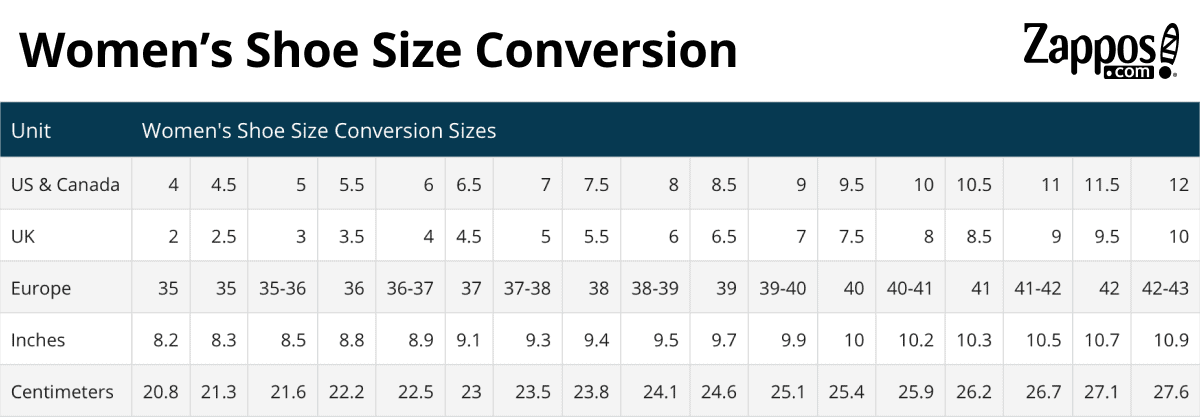Smile Your Way Through Shoe Shopping: A Parent’s Guide to Foot Size Conversion
Hello fabulous parents! Are you ready to transform shoe shopping from a maze of confusion into a walk in the park? ? If you’ve ever stood in the shoe aisle with a pair of adorable sneakers wondering whether they’d fit your child’s growing feet, you’re in the right spot. Today, we’ll ensure those cute little toes have the perfect fit, no matter where your shoes are coming from!
Becoming a Size Sleuth: Why Foot Size Conversion Matters
As parents, we know that our kiddos’ feet grow faster than a speeding bullet! ? It seems they need new shoes every other day, right? With a flurry of shoe size standards around the globe – hello, US, UK, EU, and beyond – it’s crucial to have your detective hat on to track down the right size. Our goal? To keep those tiny feet happy and healthy in shoes that fit just right.
Laying the Foundation: Measuring Your Child’s Feet
First things first, let’s start with the basics. Accurately measuring your child’s feet is the cornerstone to successful shoe shopping. You’ll need:
- A piece of paper larger than your child’s foot
- A pen or pencil
- A ruler or tape measure
Follow these simple steps:
- Place the paper on a flat surface and have your child stand on it with full weight on both feet.
- Draw a mark behind the heel and another in front of the longest toe on each foot. It’s often the second toe taking the lead, not the big one!
- Measure the distance between the marks in centimeters (for accuracy) – this gives you the foot length.
- Since one foot can be larger than the other, use the larger of the two measurements as your benchmark.
From Measurement to Size: The Conversion Adventure
Armed with your child’s foot length, you’re ready to dive into the world of size conversion! Keep in mind that each country’s sizing can vary, and sometimes, brands like to come up with their own spin on sizes (because why not confuse us a bit more, right?). ?
But fear not! I’ve got you covered with a conversion table that will help you navigate the choppiest of size-chart seas. Remember to use the larger foot measurement when consulting the chart:
This table is just scratching the surface. It’s important to note that children’s feet are all different, not just in length but in width and shape too. Sometimes it’s not just a straight conversion from length to size – you’ll want to consider the specific shoe brand’s guidelines as well.
Pro Tip:
When looking at European sizes, which are commonly used across many countries, it’s often straightforward – the size is essentially the length of the foot in millimeters. But as easy as that sounds, always double-check the brand’s size chart to avoid any surprises.
Phew! You’re off to a great start. Now let’s take a closer look at the next steps in our foot size conversion journey. Ready to tiptoe deeper into the shoe size forest? Keep those feet steady; we’re moving on! ?

5 Essential Tips for Parents Preparing for Foot Size Conversion
Embarking on the foot size conversion adventure? Here are five golden nuggets of wisdom to make sure you’re geared up for success:
1. Understand The Importance of Regular Measurement
Children’s feet are ever-changing landscapes — they can grow up to an inch a year! This means regular check-ups are essential. Aim to measure your little one’s feet every 2-3 months to stay on top of their current size, especially if you’re noticing signs like shoes fitting a bit too snugly or your child is unusually uncomfortable.
2. Be Brand Conscious
Did you know that shoe sizes can vary among different brands? It’s true! Some may run smaller or larger than others. After finding the approximate size, review the brand-specific sizing chart before making a purchase. This is especially true for brands from different countries, so keep that conversion table handy!
3. Factor in Growth
A little growing room is your secret weapon! Children zoom through shoe sizes, so consider purchasing a size slightly larger to accommodate those growth spurts. About a thumb’s width between the toes and the shoe’s end is a good rule of thumb (literally!). But don’t go too large — over-sized shoes can be troublesome and cause tripping.
4. Mind The Width
It’s not all about length! Width is just as crucial, particularly for children with wider or narrower feet than average. Some brands offer varied widths, so look out for this option. Your child will thank you for those comfy, well-fitting shoes that don’t squish or slip off their feet.
5. When in Doubt, Consult a Professional
If you’re feeling overwhelmed or unsure about your measurements, don’t hesitate to seek out a professional. Shoe stores often have trained staff who can accurately measure your child’s feet and provide solid advice on the best size options. This can save time, hassle, and ensure that those little feet get the best possible fit.
Those Little Toes Deserve Big Comfort: Coming to Terms with Sizing Variance
Let’s face it; children won’t wear shoes that don’t feel good. Sizing inconsistency can lead to discomfort, but understanding variance is the first step in overcoming it. Always account for different sizing methods and build in that wiggle room for growth. This can mean getting familiar with terms like ‘M’ for medium width, ‘W’ for wide, or even ‘D’ for extra-wide sizes, which can appear on some shoe labels. By paying attention to this element, your kiddo’s feet will be basking in comfort in no time.
Remember, the shoe size journey is a path we walk together. Keeping this guide by your side, you’ll be dancing through those shoe aisles with confidence. Your child’s comfort and foot health are paramount, so take these steps seriously, but don’t forget to have a little fun along the way. Happy shoe shopping!
For more great articles please see here. For more information see here
Disclaimer
The articles available via our website provide general information only and we strongly urge readers to exercise caution and conduct their own thorough research and fact-checking. The information presented should not be taken as absolute truth, and, to the maximum extent permitted by law, we will not be held liable for any inaccuracies or errors in the content. It is essential for individuals to independently verify and validate the information before making any decisions or taking any actions based on the articles.




